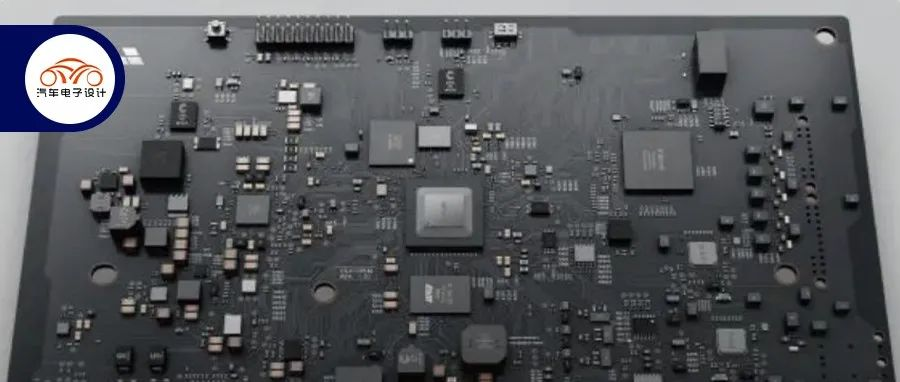Author: Zhu Yulong
The Beijing Auto Show was postponed, but it doesn’t affect the release of the Ideal L9 with some new features revealed through official spoilers.
I would like to review the updates to the cockpit and autonomous driving. Of course, after completing this, I plan to take some time to find some materials to look at the entire EE architecture separately. Currently, both software and hardware are designed around the core. Mainly, the software functions need to be connected seamlessly. This is not difficult for the management hierarchy of new forces, so it is not a big issue.
Cockpit Iteration
Ideal is still playing very clearly in the cockpit field: from the beginning, the Ideal One 2020 was touted for its large screen and Linux and Android systems, which impressed many consumers.
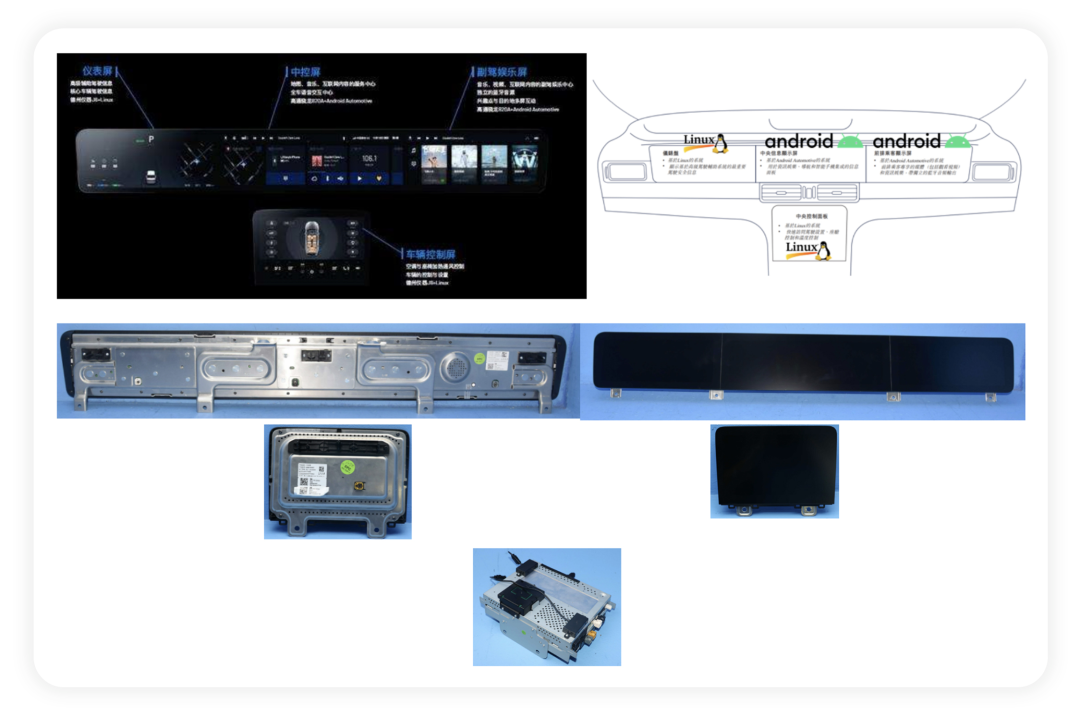
A large screen has requirements for the response speed and features of the operating system. However, switching from TI’s Jacinto to Horizon’s products has little difference in the overall cockpit upgrade. Qualcomm’s 820A still determines the final overall experience.
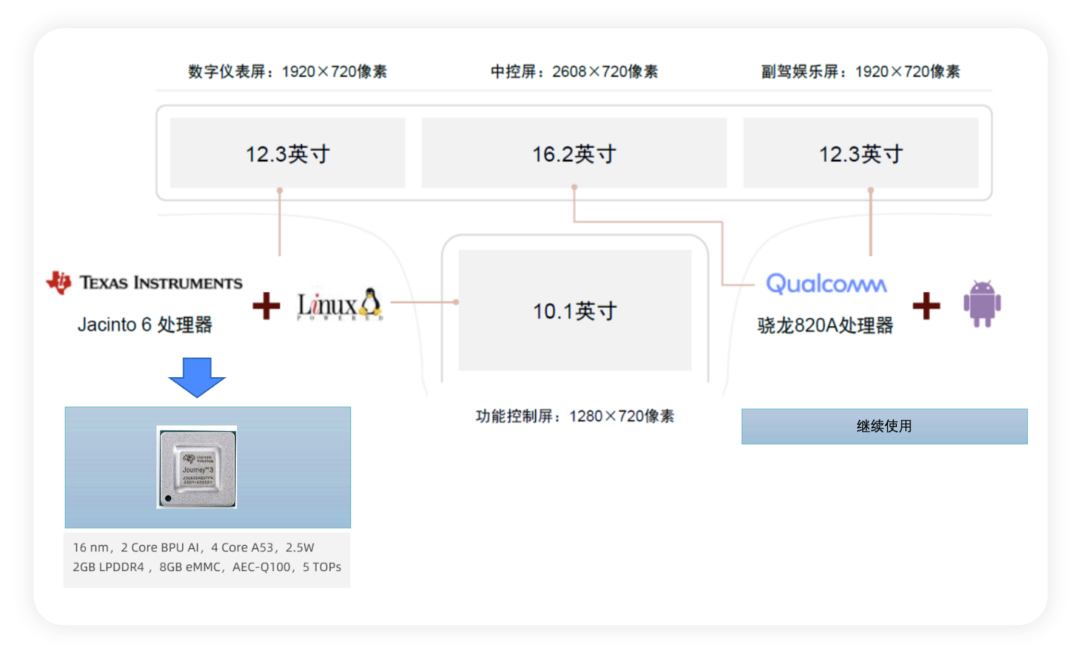
The screens in the L9’s cockpit include the vehicle control screen, the entertainment screen for front passenger, and the entertainment screen for rear passengers (these three are 15.7 inch OLED screens). Compared with before, the instrument panel (which has good HUD effect) and the car control screen (which originally had little use) were abandoned. Driving information will be obtained through the HUD and center control screen. The cockpit domain controller uses two Qualcomm Snapdragon 8155 chips (24GB of memory and 256GB of high-speed storage) to form a computing platform, supporting the switching of two 5G operators. In order to enhance voice interaction, 6 microphones are used for voice interaction, and 3DToF sensors are used for gesture recognition.
Previously, BMW had just introduced the overhead screen, and it is generally used in MPV configurations, giving a feeling of watching a movie on an airplane. This screen deepens the “daddy car” image, and has a bit of commercial use in it.
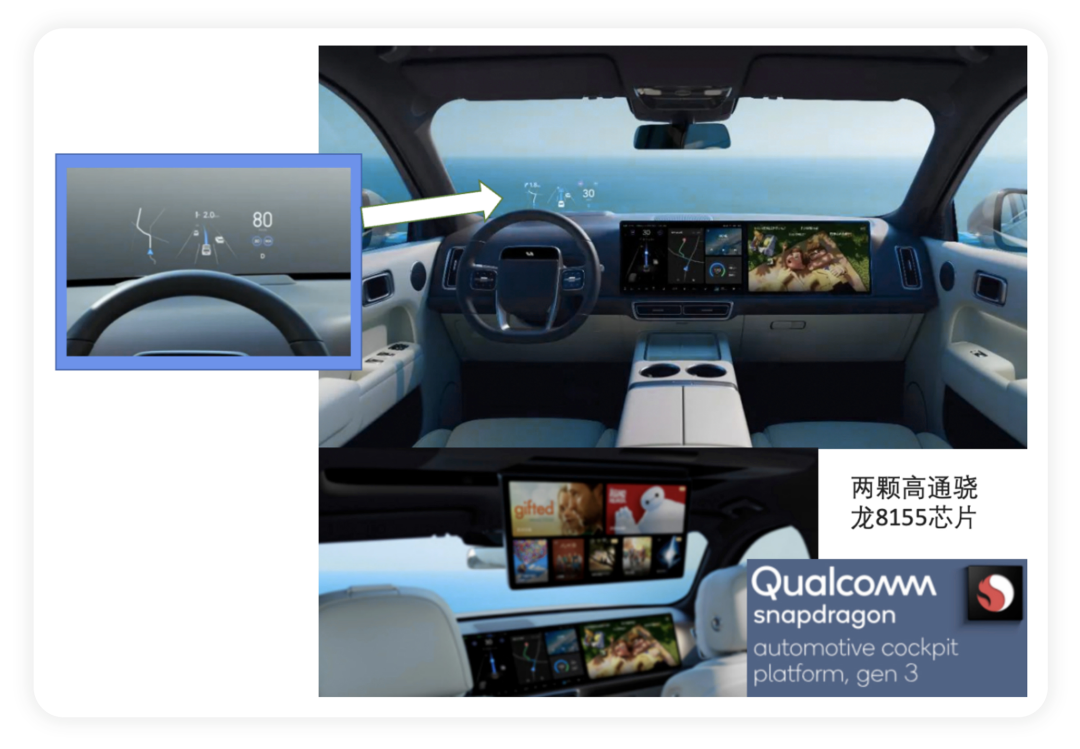 It’s worth mentioning that this central domain controller is using the latest S32G automotive-grade chip from NXP (probably the G2), and is developed in-house by IDEAL with both software and hardware integration. As far as the current situation goes, it has integrated the functions of VCU (including extended-range electric system, air conditioning system, chassis system, and seat control system), and can also be used as a gateway.
It’s worth mentioning that this central domain controller is using the latest S32G automotive-grade chip from NXP (probably the G2), and is developed in-house by IDEAL with both software and hardware integration. As far as the current situation goes, it has integrated the functions of VCU (including extended-range electric system, air conditioning system, chassis system, and seat control system), and can also be used as a gateway.
Note: The related functions of the three-electric system and charging haven’t been included yet.
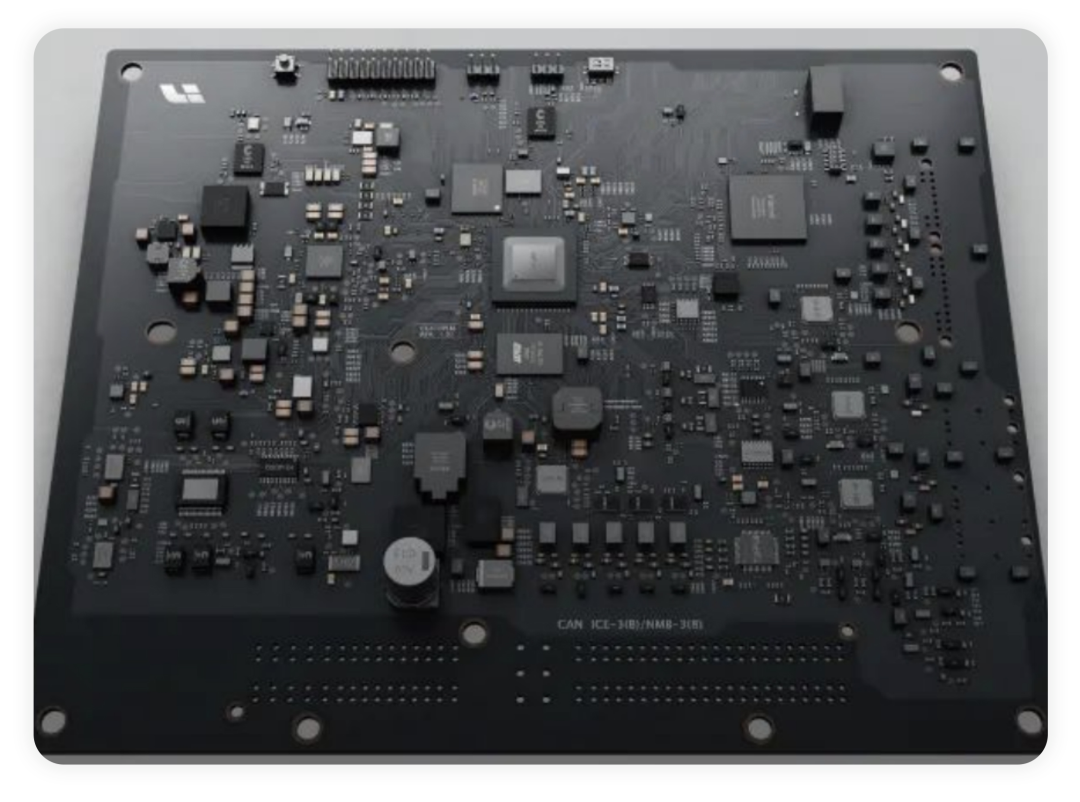
Iteration of Autonomous Driving
Autonomous driving assistance function is also what the previous three new forces have been competing for. The previous order was XPeng, NIO, and IDEAL. Therefore, IDEAL, which has expanded its autonomous driving team, is promoting its self-developed intelligent driving system IDEAL AD Max. This set of AD Max intelligent driving system adopts self-developed sensing, decision-making, planning, and control software stack, and has AEB automatic emergency braking function.
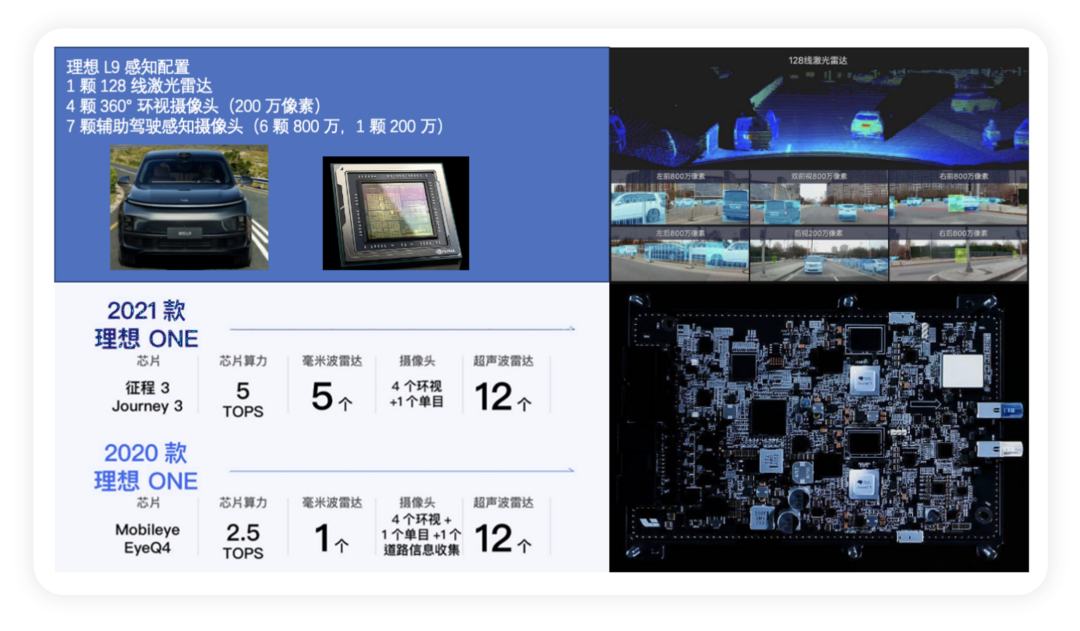
- Configuration of Sensing
For sensing, IDEAL mainly relies on high-performance cameras as the main sensing source, just like Tesla. Including 6 8-million-pixel cameras and 5 2-million-pixel cameras to achieve 360-degree sensing of the surrounding and distant area of the vehicle.
The combination of two 8-million-pixel cameras in the front can recognize vehicles, pedestrians, cones, and other objects within a range of 120 degrees angle and the farthest distance of 550 meters. It is worth noting that IDEAL has gotten rid of five millimeter-wave radars (forward radar and four corner radars) in one go, just like Tesla. This basically brings IDEAL back to the state of IDEAL One in 2020. However, similar to Tesla, the effect is achieved through vision and computing power.
Note: the improvement of the sensing system has also been made in the IDEAL One from 2021 to 2020, and the performance parameters of the front camera have been upgraded from a monocular camera with 1.3 million pixels and a horizontal viewing angle of 52° to an 8-million-pixel camera with a horizontal viewing angle of 120°. This is basically an inheritance.## Unlike Tesla: forward car-level LiDAR equipped with 128 lasers, with a global resolution of 1200×128, and a point cloud count of up to 1.53 million per second. LiDAR can ensure the accuracy of the system’s environmental perception in situations where cameras are restricted by low light or strong light and help vehicles improve their identification of stationary and irregular obstacles. For example, stationary vehicles and construction barriers on highways can improve safety. The processing power includes two computing platforms.
Autonomous driving configuration
NVIDIA Orin-X processor with a total computing power of 508Tops, the dual processor serves as computational redundancy. From the perspective of the flagship version, the ideal L9 with an increased price is to improve its autonomous driving ability (the perception and computing configurations of the three new forces are basically the same) and achieve full-scene navigation and driving assistance functions.
From the perspectives of spoilers, there is no rendering of the autonomous driving domain controller this time, but it is somewhat similar to the concept of upgrading from Horizon to Orin.
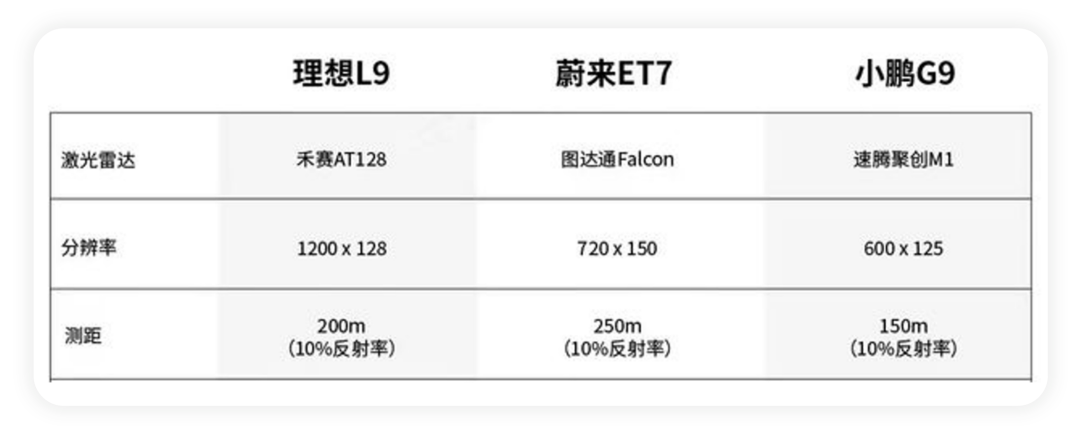
Conclusion: From a hardware perspective, the differences in current models will become smaller and smaller, and models may enter the era of software competition —— this means that most car companies are accelerating their development pace while quickly improving their hardware. At the Hundred People’s Meeting, XPeng stated that his company is ahead in smart driving technology, but with the leveling of hardware, it is really difficult to say how big the gap will be and it depends on the accumulation of software and data in the future.
This article is a translation by ChatGPT of a Chinese report from 42HOW. If you have any questions about it, please email bd@42how.com.
